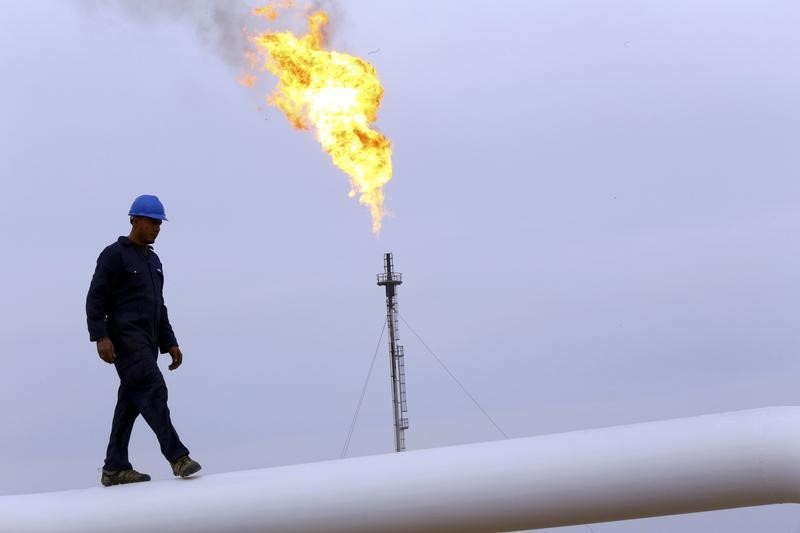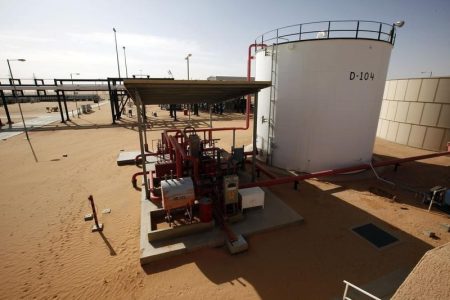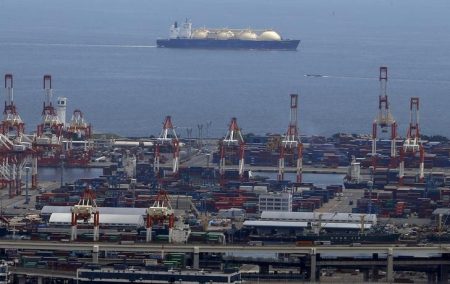Investing.com – The “no free lunch” metaphor is becoming clearer for the long-oil community that had doubled down on the crisis in Gaza to send the market higher than probably warranted.
Crude prices tumbled some 3% Monday — with global benchmark Brent returning to below the key $90 per barrel mark — as diplomatic overtures for Gaza doused the bull sentiment that had sent the market up as much as 10% over the past two weeks.
US President Joe Biden visited Israel last week, and the leaders of France and the Netherlands will visit this week in search of a solution for the conflict.
“Any prospect of de-escalation in Gaza and Israel will help to cool the moves we’ve seen in recent weeks,” Craig Erlam, analyst at online trading platform OANDA, said as Israel held off launching a ground assault on Gaza to provide time to negotiate the release of more hostages and create a window for diplomacy, even though it kept up with its aerial bombardment of the area.
New York-traded , or WTI, crude for December delivery, settled at $85.49, down $2.59, or 2.94%. WTI rose 2% last week, adding to the prior week’s gain of around 6%.
UK-origin crude for December delivery settled down $2.33, or 2.5%, at $89.83 per barrel. Last week, the global crude benchmark rose 1.4%, adding to the prior week’s gain of 7.5%.
Speculators boosted their net long positions in Brent futures over the last reporting week, doubling down on their bets that the situation in Gaza will worsen.
Adding to sentiment was data such as that by Norway, which reported last week that crude production in the Scandinavian country fell to 1.64 million barrels per day in September, down from 1.79 million barrels in August and below forecasts of 1.73 million barrels.
Wall Street vs global diplomacy
Many on Wall Street seem to think crude prices should be higher due the relative proximity of the showdown in Gaza to some of the biggest oil producers, such as Saudi Arabia, the United Arab Emirates, Iraq and Kuwait.
While Israel barely registers in the global oil trade, the Strait of Hormuz straddling the current war zone is a key chokepoint for the movement of crude, where a fifth of all oil passes through the waters there.
Also, the almost daily saber-rattling against Israel by avowed Hamas supporter and fifth largest oil producer Iran — and concerns of reprisals against Tehran by the Israelis and their main ally, the United States — has added to concerns that something untoward might happen soon.
No demonstrable risk for oil trade yet from this war
Yet, some oil traders see the conflict for what it is — a major political event that hasn’t shown any demonstrable risk so far to the crude trade.
The crux of it is oil is a commodity that attains its value from demand-related consumption. Unlike gold or the dollar, it’s not a haven to keep benefiting from a mere figment of imagination that supplies are at a risk and, therefore, prices have to keep rising — when the reverse is the case.
“There’s no such thing as a free lunch, and that applies to oil bulls who have been riding this crisis in Gaza for free, despite its non-material impact thus far on the trade,” said John Kilduff, partner at New York energy hedge fund Again Capital.
A senior Israeli official told CNN earlier on Monday that there will be “no ceasefire” in Gaza amid US and Qatari efforts to free more than 200 hostages held by Hamas. The official said he was “not aware” of US calls for a delay to Israel’s expected Gaza ground operation, although he concurred that both Israel and the US want all the hostages released “as quickly as possible.”
“Humanitarian efforts cannot be allowed to impact the mission to dismantle Hamas,” added the official, whose identity was withheld by CNN.
But as with any conflict with decision-making at multiple levels, the notion that peace was given a chance still persevered.
“Price direction in the oil market continues to be dictated by developments in the Middle East,” analysts at ING said, noting Monday’s declines coincided with the “ground operation into Gaza appearing to have been delayed”.
Chevron (NYSE:) to buy Hess (NYSE:) for $53 billion
In corporate news on the energy front, Chevron, the second largest US oil and gas producer, announced Monday a plan to buy American rival Hess for $53 billion.
This follows larger rival Exxon’s deals since July for top U.S. shale producer Pioneer Natural Resources (NYSE:) and Denbury, and reflects a desire for oil and gas assets in a world seeking lower-risk future fossil supplies and higher shareholder returns.
Additionally, the International Energy Agency will release its World Energy Outlook on Tuesday, which will likely cover long term energy supply and demand trends.
(Peter Nurse and Ambar Warrick contributed to this item)
Read the full article here















